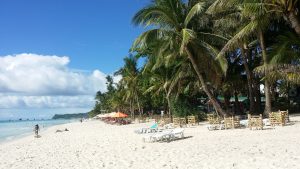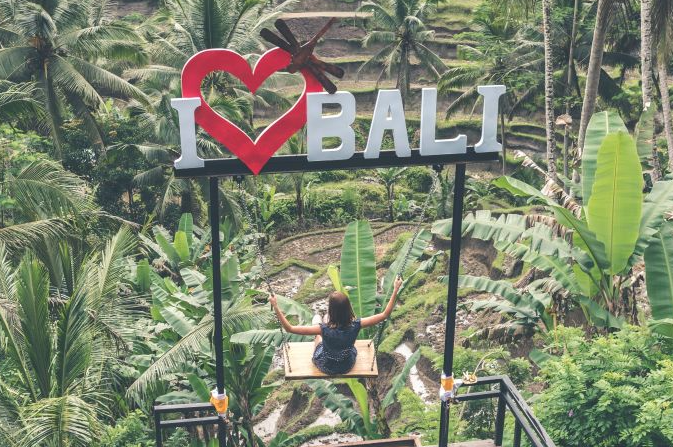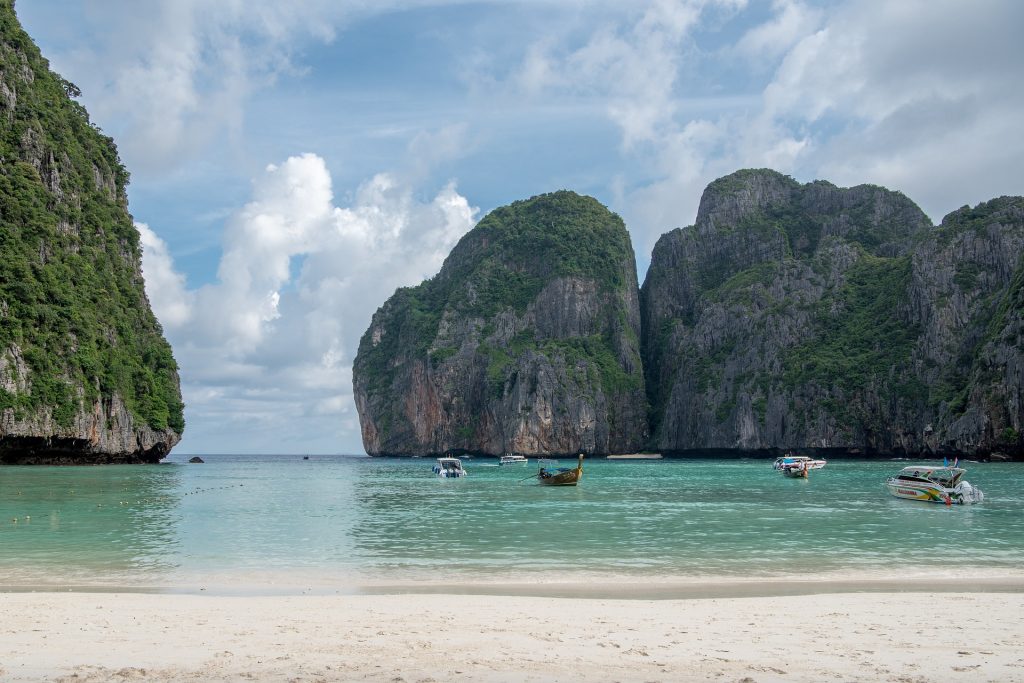 1. Introduction
1. Introduction
Boracay, Philippines, is celebrated worldwide for its powdery white sands, crystal-clear waters, and vibrant nightlife. This small island, only 10 square kilometers in size, has become one of Asia’s top tourist destinations, attracting millions of visitors annually. However, the rapid increase in tourism has led to environmental degradation, overcrowding, and significant challenges for local residents. In recent years, the Philippines’ government took the drastic step of closing Boracay temporarily to allow for environmental rehabilitation. But why are locals still advocating for stricter tourism management on this paradise island?
2. A Brief Overview of Boracay
Boracay is located about 315 kilometers south of Manila and is renowned for its beautiful White Beach, vibrant marine life, and water activities like kite surfing, snorkeling, and diving. Known for its pristine beaches and clear waters, Boracay draws around two million visitors a year, a number far exceeding the island’s capacity.
As a result of mass tourism, Boracay has struggled with waste management, pollution, and ecosystem damage. While tourism has contributed to economic growth, the toll on the environment and local culture has led many residents to rethink the sustainability of this influx of visitors.
3. The Local Perspective
While tourism provides jobs and income, many Boracay residents are concerned about its impact on the island’s resources, environment, and way of life:
- Environmental Damage: Boracay’s environment has suffered severely due to overdevelopment, pollution, and neglect. Untreated sewage and waste disposal issues became so severe that the Philippines’ President called the island a “cesspool” and closed it for a six-month rehabilitation in 2018. Large parts of Boracay’s coral reefs have been destroyed due to boat traffic, improper waste disposal, and pollution from the influx of visitors and businesses.
- Overcrowding: Despite being a small island, Boracay hosts thousands of tourists daily, causing issues with overcrowding on its beaches and streets. Peak seasons see traffic jams, crowded beaches, and long waits, making it challenging for locals to move around and go about their daily routines. Overcrowding has also disrupted the once-peaceful nature of the island, impacting both the environment and quality of life.
- Rising Cost of Living and Overdependence on Tourism: Tourism has led to rising costs of living on the island, making it difficult for many residents to afford basic necessities. The local economy’s dependence on tourism also makes it highly vulnerable to economic shocks, as seen during the COVID-19 pandemic when travel restrictions devastated the local economy.
4. The Impact of Overtourism
The effects of overtourism on Boracay are extensive and continue to challenge the island’s sustainability and local communities:
- Destruction of Natural Ecosystems: The island’s coral reefs, mangroves, and marine life are threatened by pollution, waste, and the physical impact of tourism activities. Coral reefs, crucial for supporting marine biodiversity, have suffered bleaching and breakage from boat anchors, diving, and snorkeling. This ecosystem degradation endangers local fish populations and reduces the island’s natural defenses against coastal erosion.
- Loss of Local Culture and Way of Life: As Boracay has transformed into a commercialized tourist destination, some residents feel that their cultural practices and traditions have been overshadowed by commercial interests. Festivals, rituals, and traditional customs that were once integral to the island’s culture are now being adapted to fit tourist expectations, leading to a dilution of cultural heritage.
- Economic Instability: The over-reliance on tourism means that locals are vulnerable to economic downturns and global events that impact travel. The island’s six-month closure in 2018 and the COVID-19 pandemic both had a massive impact, leaving many residents unemployed and highlighting the need for economic diversification.
5. Respectful Travel Tips
If you plan to visit Boracay, there are ways to reduce your impact on the island and support local communities responsibly:
- Choose Eco-Friendly Accommodations: Look for hotels or resorts that prioritize sustainable practices, such as waste reduction, energy efficiency, and responsible water usage. Many hotels in Boracay have begun implementing eco-friendly policies to reduce their environmental footprint.
- Limit Water and Energy Use: Due to its size and limited resources, Boracay struggles with adequate water supply and waste disposal. Be mindful of your water usage when showering, and conserve energy by turning off lights and air conditioning when not in use.
- Respect Marine Life: Avoid touching or standing on coral reefs, as even small disruptions can harm the ecosystem. Opt for reef-safe sunscreen to protect marine life and avoid using single-use plastics that can end up in the ocean.
- Support Local Businesses: Instead of spending only at large resorts and international chains, support local restaurants, shops, and markets. This directly benefits the local economy and helps ensure that your tourism dollars go back to the community.
6. Ethical Considerations
Boracay’s beauty and appeal make it a top destination, but its popularity has placed immense pressure on its fragile ecosystem and community. As visitors, we should reflect on the ethical implications of our actions and consider how we can minimize our impact. Supporting eco-friendly accommodations, respecting marine life, and understanding the limitations of small island communities can help create a more sustainable experience for both locals and visitors.
7. Alternatives to Boracay
For travelers looking to experience the beauty of the Philippines without adding to Boracay’s overtourism, here are some alternative destinations:
- Siargao Island: Known for its surf culture, Siargao offers stunning beaches, lagoons, and natural rock pools. Its quieter pace and sustainable tourism efforts make it a great alternative for those seeking an off-the-beaten-path experience.
- Palawan (El Nido and Coron): Palawan’s limestone cliffs, lagoons, and crystal-clear waters are just as beautiful as Boracay’s, but these areas have more strict environmental policies in place. Palawan’s focus on eco-tourism makes it an excellent option for travelers looking to minimize their impact.
- Bohol: Bohol’s mix of beaches, natural landscapes, and cultural sites, including the Chocolate Hills and Tarsier Sanctuary, offers a diverse experience with fewer crowds. It’s a fantastic option for those looking to explore the Philippines’ beauty responsibly.
8. Conclusion
Boracay’s natural beauty is a national treasure, but its preservation depends on sustainable and responsible tourism practices. While tourism has brought economic opportunities to the island, it’s crucial to prioritize the preservation of its ecosystems and respect for the local community. By following sustainable practices and supporting conservation efforts, travelers can help ensure that Boracay remains a stunning destination for future generations.

